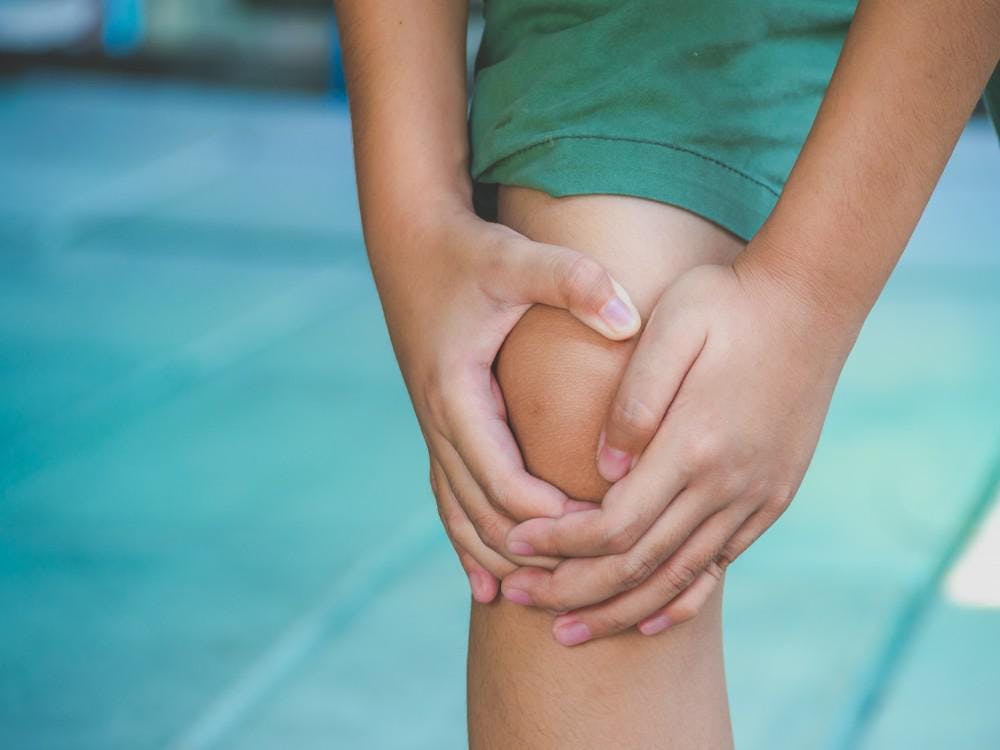Over time, repeated wear and tear inside your knee joint can cause that cartilage layer to break down. That means friction increases inside the joint, and eventually, painful inflammation can develop. Being overweight also increases the stress on your joints, leading to more cartilage breakdown.
In traditional knee replacement surgery, the ends of your bones are replaced with artificial joint components. While surgery is effective in eliminating worn joint surfaces and arthritic symptoms, the procedure also carries some significant risks, along with a long and uncomfortable recovery period.
Joint injections work another way. Injections use a special slippery lubricant called hyaluronate, a naturally-occurring substance that improves joint function by reducing friction inside the joint.
At Spruce Health Group, we offer customized joint injections for residents of Colorado, using state-of-the-art products. Once injected into your knee, the hyaluronate works to supplement natural lubricants, helping to restore normal, pain-free movement.
What to expect during treatment
Joint injections require precise placement inside the knee joint. That’s why our team uses fluoroscopy, a type of diagnostic imaging, to guide the position of the needle. Fluoroscopy enables our team to place the lubricant in specific locations inside your knee — exactly where the joint needs it the most. Injections are completed right in our office, and each injection takes about 20 minutes.
After your injection, you’ll probably have some swelling and discomfort around the injection site. That’s completely normal, and it will subside in the days after your injections. During the first 48 hours after an injection, you’ll need to avoid weight-bearing activities, like long periods of standing, lifting or carrying heavy objects, running, or other activities that put a lot of repetitive or heavy strain on your knee.
Most people benefit from a series of joint injections spaced out over a few weeks. In fact, one of the benefits of joint injections is that every treatment is customized based on individual needs. The treatment plan will be designed specifically for you.
Joint injections: Are they right for you?
Joint injections can be a good choice for most people with mild to moderate knee arthritis. The best way to know if they’ll provide you with the relief you need is to have your knee evaluated by our team. Joint injections can also be used on other joints in your body, including your arm and shoulder.
As with any joint problem, the sooner you have an evaluation, the faster you can restore mobility and find relief from painful symptoms. To schedule your office visit a Spruce Health Group location near you, contact us to book an appointment today.

